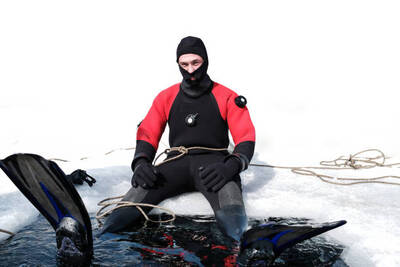What is a Drysuit and How Does it Work?
-
Any water below 98 degrees Fahrenheit can rapidly draw heat away from the human body, and because water conducts heat 25 times faster than air, it doesn’t take long to feel cold—even in seemingly mild conditions. Most popular water sports take place in water far colder than body temperature, making exposure protection essential. One of the most effective solutions for staying comfortable is the drysuit.
A drysuit is a full-body garment designed to keep the wearer completely dry during aquatic activities. Constructed from materials like synthetic rubber or neoprene, drysuits feature a tough outer shell and flexible rubber seals at the neck and wrists. These seals, combined with a waterproof zipper, create a watertight barrier. The suit may also have integrated “socks” or similar seals at the ankles to keep feet dry. Because no water enters the suit, users can wear insulating layers such as fleece or thermal base layers underneath, customizing warmth to the environment.
Drysuits utilize snug, flexible gaskets at entry points to prevent water intrusion while allowing for unrestricted movement. For additional protection, users often wear durable boots over the suit’s socks to guard against punctures from rocks or debris.
In contrast, wetsuits work by allowing a thin layer of water to enter and be trapped between the suit and the skin. The body heats this water, creating insulation, but movement can cause the cold water to flush in, reducing warmth. Wetsuits fit tightly, sometimes sacrificing comfort and flexibility, while drysuits offer more room for movement and additional insulation layers.
Drysuits are versatile and suitable for a wide range of activities, including SCUBA diving, kayaking, wakeboarding, surfing, waterskiing, and paddleboarding. Depending on the sport and water temperature, drysuits can be tailored for a looser fit—ideal for cold conditions and layering—or a trimmer fit for greater mobility in milder environments.
Choosing the right exposure protection means you can focus on enjoying your water sport safely and comfortably. Whether you opt for a wetsuit or a drysuit, proper gear ensures a longer, more enjoyable time on the water.
-
QingTian Li and Lane Liii like this





